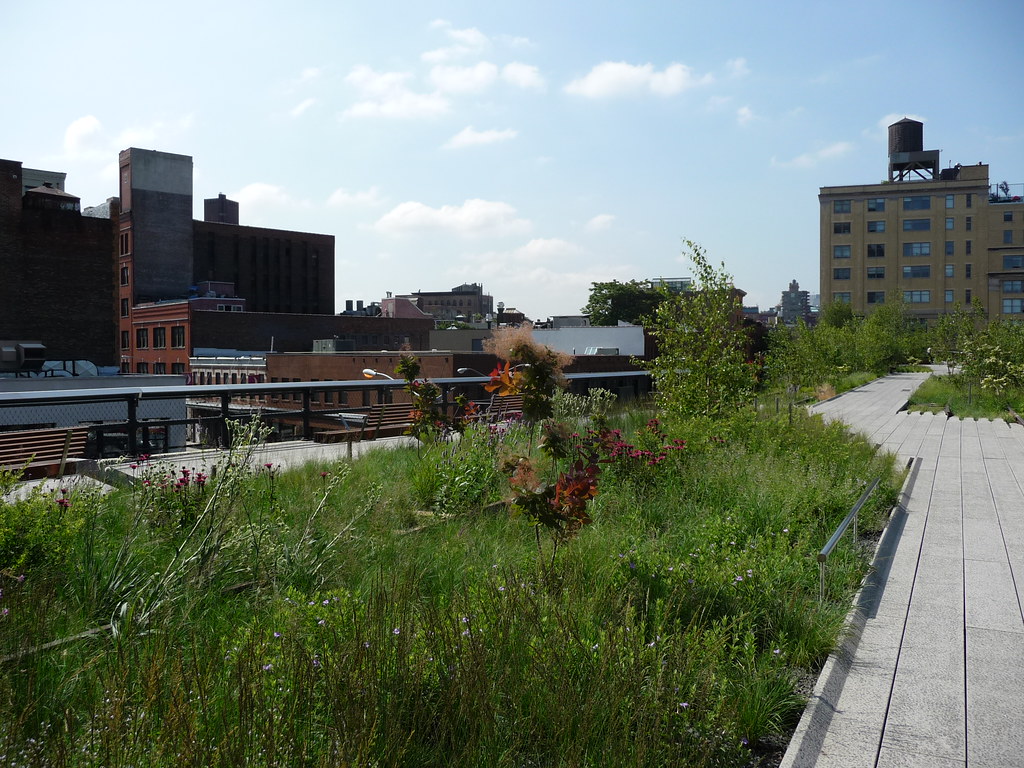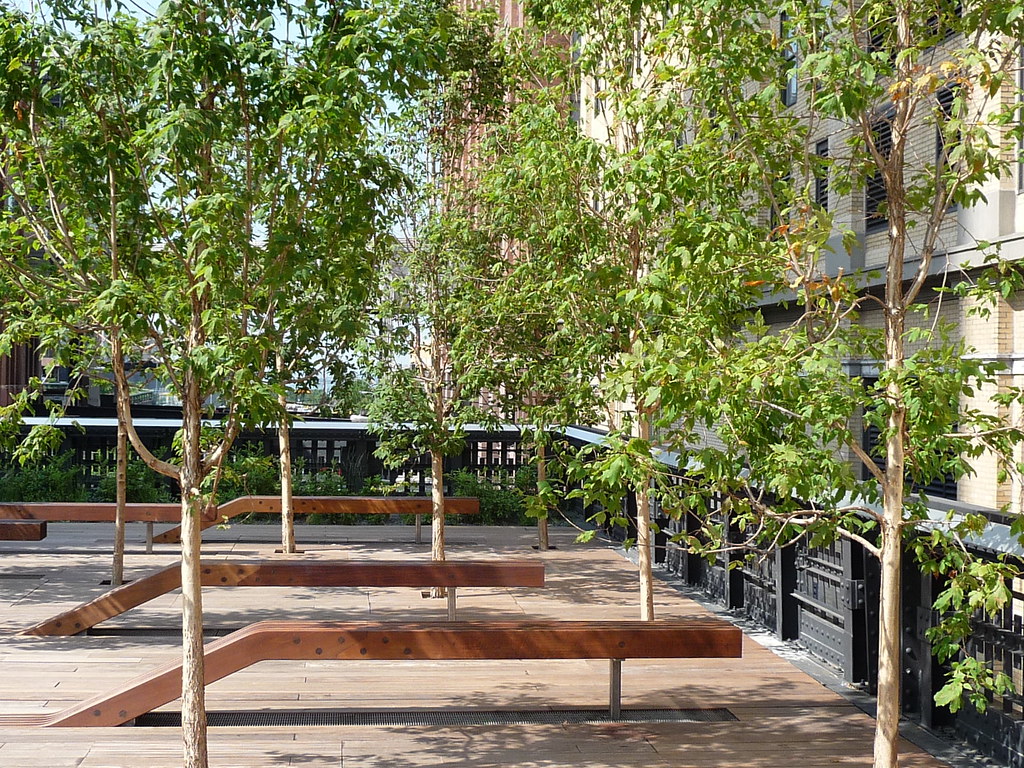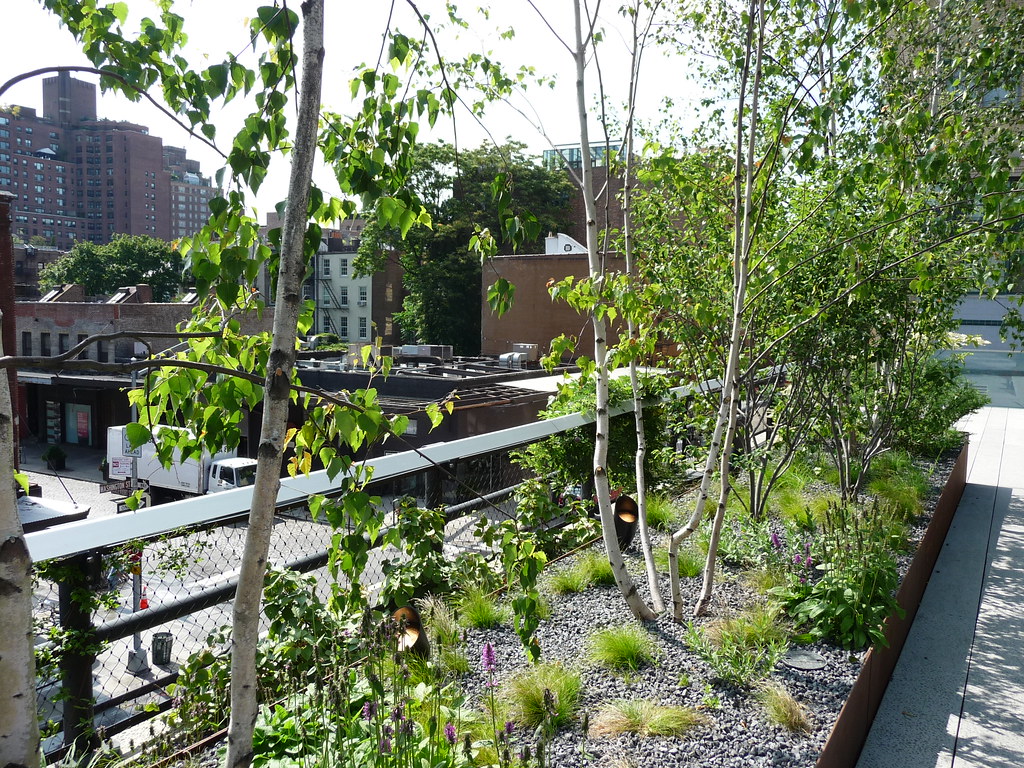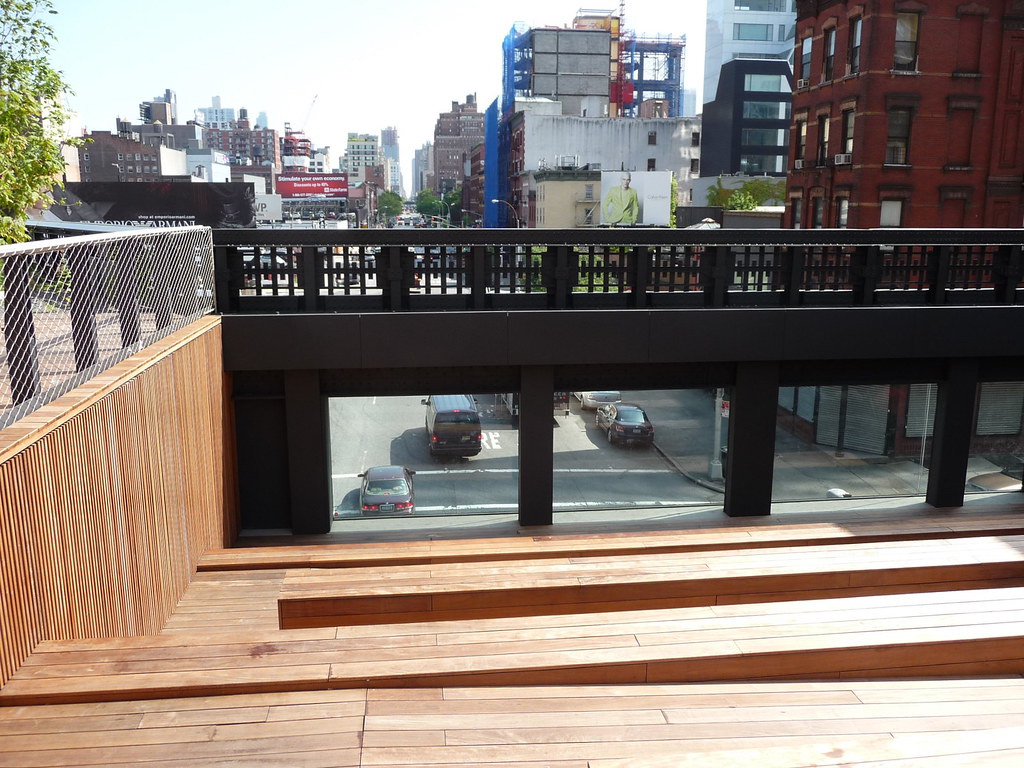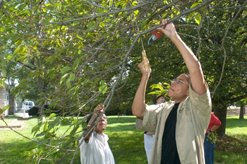

Everyone likes to get free stuff, even when it's junk -- like brochures and keychains at a trade show, or a reusable bag from your local market. Retailers and businesses give out free things as a marketing ploy, to build rapport and disseminate information. Another form of free comes in the newspaper ads, with the buy one get one free coupon, or the holiday giveaways (think Black Friday.) These giveaways are designed to attract patrons to a certain retail location in hopes that they will spend more moeny, come back more often, and essentially support the business. It seems to work as my mailbox is inundated with these coupons nearly everyday.
So, with my tabletop covered in coupons and freebie offers, I began to think, how can Rustbelt cities and cities with declining populations use the idea of free to attract new residents. The goals seem similar, stores need people to come in and buy their assorted goods while cities need to attract people to come and start businesses, raise families, and pay city taxes. Perhaps these cities could create marketing campaigns targeting young creative entrepreneurs by offering buildings, land, space, tax breaks. After all, the Rustbelt is, if nothing else, is rich in land and space, just look at Flint.

There exists a whole class of creatives out there who would love to start their own businesses but can't due to the burden of large overhead costs especially in business hubs like NYC or Chicago. Rustbelt cities in conjunction with the internet's world wide marketplace offer very low overhead costs. However, in order to make these individuals pack their bags and move to a new city that they know little about and attempt to form some type of business, they need incentive. Businesses take time to start, and by offering entrepreneurs free rent, you are granting them time to learn the city, be inspired by the city, and establish their own business' in the city.

The real power of a program like this comes in the formation of a community. Once the idea catches on and creatives begin to take to he plunge into the Rustbelt, stronger and stronger creative communities will form attracting more and more people to the city. This can be seen in the reformation of the DUMBO neighborhood in NYC from a burnt out, unattractive block, into a vibrant community of artists and professionals. David Walentas, a NY developer bought up a huge portion of the Dumbo neighborhood in the late 90's then enticed an array of artists to take up residence by offering free rent for an extended period of time. The artists attracted the professionals and soon the neighborhood was bustling with a diverse group of New Yorkers. So the question is, can this work on a national if not global scale with the Rustbelt and other declining cities?
(Photo from icanhascheezburger, Corine Vermeulen-Smith, and NYT The original full-sized color version can be viewed by clicking the photo.)

